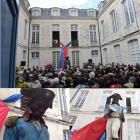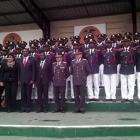ADVERTISEMENT
newsletter
Dr. Smith Joseph, new mayor of North Miami
Here is picture of the actual election result between Dr. Smith Joseph and former North Miami Mayor Kevin Burns. As a political new comer Smith Joseph beats out two-time former North Miami Mayor Kevin Burns for the mayoral seat vacated by Lucie Tundreau.
Edging out the former Mayor of North Miami, Dr. Smith Joseph won the seat as a first-time political runner after the suspension of the past mayor Lucie Tondreau. A registered pharmacist at the start of his career, Dr. Joseph continued his studies and fulfilled his goal of becoming a doctor of medicine and opened his own clinic in the North Miami area. The road to his election was not a quiet one, taking place amidst the uncertainty of a runoff and on the heels of the former mayor's suspension, but at the end, the results from the 21 precincts list him as the winner over former mayor Kevin Burns.
Jean-Mary Gabriel of Matin Caraibe is Dead
We just learned that Jean-Mary Gabriel, one of the hosts of the popular show Matin Caraibe is Dead. He passed away on the night between October 11 and 13 at his residence
Jean Marie Gabriel has been providing humor on the show Matin Caraïbes on Radio Caraïbes FM, 94.5 for several years. He died at home in Petion-Ville after suffering from a respiratory problem. Jean-Mary Gabriel is well known on the show for bringing fun to the show. He was also an actor and made several Radio advertisements
We will miss you my friend
Kreyol pale, Kreyol Kompran
Nou pa tande dernye nouvel ki tombe. Jean-Mary Gabriel ki te toujou ape fe moun ri nan emisyon Matin Caraibe mouri. Li mouri lakay li yer swa pandan ke li te gin yon problem kote li pa te kapab respire
Nou aprale sonje li anpil pou chale li te konnin mete nan show Matin Caraibes sa
Mgr Alphonse Quesnel, appointed Bishop of Fort-Liberté by Pope Francis
Here is the new Bishop of the City of Fort-Liberte. On Saturday, October 25, 2014, Pope Francis (Francisco) appointed Mgr Alphonse Quesnel, as Bishop of Fort-Liberté
Pope Francis has elevated Mgr. Alphonse Quesnel to the level of Bishop of Fort-Liberté. He has been serving as Port-au-Prince's auxiliary bishop for the last two years.
Quesnel made his initial vows in 1972, then ordained in 1977 in Port-au-Prince. Later he studied in Paris, returning to Haiti where he became Provincial Superior of Monfortains seminary. He moved to Port-au-Paix diocese in 1997, then back to Port-au-Prince as parish priest at St. Louis King of France until his appointment as auxiliary bishop in 2012.
Kreyol pale, Kreyol Kompran
Pap Francis a pen nome yon Bishop pou Vill Fort-Liberte. Et Byen Se Monsegner Mgr Alphonse Quesnelki vini Bishop vill sa. Pap Francis fe nominasyon sa Samdi passé.
Alos, nap voye yon gro souède Bon Vini pou li
Haitian Voodoo Misconception, Human Sacrifice
The idea of human sacrifice is a myth and goes against the moral code in place in Voodoo Religion. Voodoo religion does not believe in harming others. The myth was passed on due to the secret aspect of Voodooism which arose from people having to sneak around in order to practice it
Four Myths about Voodoo
1. Voodooists participate in human sacrifice was perpetuated by Haitian Consul Sir John Spenser, who created the myth in a book.
2. Voodoo dolls are meant to hurt others. Real Voodoo dolls are used to represent the loa gods, a way to communicate with the spirits of the dead.
3. Voodoo is a satanic practice. Voodoo actually has features in common with Catholicism, Buddhism, and Hinduism.
4. Voodoo priests re-animate the dead as zombies. In Haiti the myth of zombies is used as thought control.
President Michel Martelly and Sophia Martelly in Germany
Here is a picture of President Michel Martelly and his wife Sophia Martelly as they arrive in Germany.
Martelly Discussions in Germany on Haiti Elections and Investment Opportunities
President Martelly was received by German Chancellor Angela Merkel to talk about stalled legislative and local elections in Haiti. Martelly held opposition party members and defiant senators responsible for the delay. Merkel said she hoped elections would happen soon.
Martelly also met with Hugo Kramer, Chairman of Chambers of Commerce and Industry to promote investment opportunities in Haiti's tourism, infrastructure, and agriculture sectors. Kramer said a delegation would visit Port-au-Prince next year to examine investment possibilities.
Michel Martelly, paid tribute at Fort de Joux - Toussaint Louverture
Here is a picture of the Haitian President Michel Martelly on October 31, 2014 in France as he was paying tribute at Fort de Joux to the Haitia Hero Toussaint Louverture.
Martelly Honors Memory of Louverture
President Martelly is the first Haitian head of state serving, who has ever visited the cell of General Toussaint Louverture at Fort de Joux, who died nine months before Haiti's liberation in January 1804.
Louverture has been honored with symbolic, commemorative, and institutional remembrances ever since his death.
President Martelly has called Louverture Haiti's "black Spartacus". First Lady Sophia described Louverture as ". . . one of the greatest humanists the world has ever known."
Haitian Flag side by side with German Flag, a reminder of Luders Affair
Here is a picture of the Haitian Flag flying in Germany on October 29, 2014 side by side with the Germain flag. This took place during a visit of President Michel Martelly to Germany.
Today, we can all be proud of this. As you can see, the Haitian Flag flying very high there. This is of historical proportion. The Haitian Flag has not always been given this high respect by some Germans. We need to go back in history to December 6, 1897 and read Luders Affair to understand the issue between Haiti And Germany.
Germany bullied the tiny island of Haiti in 1897 in an incident called the Luders Affair, which began when Germany became insulted by Haiti pledging its allegiance to Germany's enemy in the French-Prussian war. Germany began its campaign of humiliation by coercing Haiti to start repaying its debts to German merchants, easily accomplished since Germany held Haitian warships hostage until Haiti's debts were cleared. When the Germans finally returned the warships they had desecrated the Haitian flags with feces.
But the Germans weren't done punishing Haiti yet. A Haitian-German, Emil Luders, was arrested on Haitian soil and convicted, sentenced to 30 days in jail for assault and battery on a Haitian soldier. Luder appealed his conviction and his sentence was extended a year beginning October 14, 1897. Infuriating Germany's Charge d'Affaires, Count Schwerin, he ordered Luders be released immediately, also demanding President Simon Sam pardon Luders.
It got worse for Haiti. Two of Germany's warships, the Charlotte and the Stein, sailed into Port-au-Prince harbor, demanded a 21-gun salute without giving one in return, and extracted $20,000 in ransom money for Luders, and a vow he be allowed to return home. Schwerin also wanted an official letter of apology from the Haitian government. If these conditions were not fulfilled within four hours the German warships would bomb the harbor. The Haitian government had no time to seek foreign aid, so it was forced to fly a white flag at half-mast to indicate its compliance with Germany's demands
Read Luders Affair here:
haitiobserver.com
Haitian Voodoo Misconception about Voodoo Dolls
Haitian Voodoo does not practice striking pins into a doll to cause arm. The only dolls used in Voodoo are the ones found on altars and in graveyards representing the loas (Voodoo gods or spirits). These dolls act as lucky charms, not tools of vengeance, and are used to bless individuals, not curse them
Voodoo Myths Malign Religion's Authenticity
To the world one of the biggest misconceptions about Haiti is its practice of Voodoo. It has only been since the 2000s the Haitian government finally recognized Voodoo as a legitimate religion. Many myths have persisted about the nature of its belief system, and it is important to shed light on a religion sharing characteristics with many of the world's most practiced religions. Here are four main myths that obscure the true character of Voodoo.
1. Voodoo dolls. A made-up term, the dolls are said to be used to inflict pain on a victim by sticking pins into it. But the truth is harming others goes against Voodoo's code of ethics. Voodooists use good luck dolls they nail to trees in graveyards to communicate with the spirits of the dead.
2. Voodoo priests can re-animate the dead. Hollywood became enamored with Voodoo in the 1930s, producing movies about zombies, the undead, who were evil-doers. The truth is Haitian plantation owners gave slaves potions producing comatose-like states to work them harder, and rumors spread they were the living dead.
3. Voodooists practice human sacrifice. Consul to Haiti, Sir Spenser St. John, exploited the practice of Voodoo when he wrote the entirely fallacious Hayti: or the Black Republic in 1889, misrepresenting the facts of the religion.
4. Voodoo is evil incarnate. Voodoo has been misconstrued as a variant of Satanism, and this has been due to Hollywood's over-sensationalism of it. The truth is Voodoo shares similarities with Hinduism, Shintoism, Catholicism, and Buddhism.
Carolyn Désert, Miss Haïti 2014, at Reina Hispanoamericana
Here is a picture of the beautiful Carolyn Désert, Miss Haïti 2014, at Reina Hispanoamericana. She has a natural beauty and is wearing a typical Haitian dress.
Sa se yon fanm Kreyol, ak tout sa ki kreyol lakay li. Se Miss Ayti pou lanne 2014, ak yon abillman tout a fe local
On the 1st of November, The 24th edition of Reina Hispanoamericana was held in Santa Cruz, Bolivia, and in attendance was the reigning Miss Haiti 2014, Carolyn Désert. Fresh from her win of the crowd mere months ago, Désert took her natural look to the pageant where first place was awarded to Bolivia's own Romina Rocamonje. In this placing, Désert was 3rd runner up. The fresh-faced, bald-headed beauty is set next for the 2014 Miss World competition in London on December 14.
Why is it that Lwa only exists in the Haitian Vodou Religion?
The Loas, sometime written as Lwa and referred to as Mystères or Invisibles are the spirits you find in the of Haitian Vodou and Louisiana voodoo. They are considered to be the intermediaries between the creator and humanity. Each Lwa is distinct, having his/her own personal preferences in term of food, dance and ritual.
Some people may say that this is no different than the Catholic religion that uses saints as intermediaries between their god and us human. However the reason why this remains a question to me is because in the Haitian Vodou religion, the Lwas can clearly be observed when someone is possessed by one of them, unlike the Catholic Saints who do not manifest in people in such a way.
Furthermore, wouldn't these lwas exist at least in Africa where the slaves from Sain-Dominge came from?
How about the other Caribbean islands, South America and the United States that also had African slaves during the colonization period? One thing I have noticed is that these lwas only exist either in Haiti, in Louisiana with its major Haitian influence and in the Haitian diaspora all over the world. This is the only time you hear about Agassou, Agwé, Ayida-Weddo, Ayizan, Azaka-Tonnerre, Baron Samedi, Bossou Ashadeh, Boum'ba Maza or Damballa. you can not find them anywhere else.
To me, this is the product of extended period of abuse, trauma and ongoing attempts to make a person lose his/her own identity.
What I see in all that is that the Slaves of Saint-Domingue had to survives multiple level of abuse, trauma for a long period of time. the only way they could have survived is through some type of cooping mechanism. Let's take for instance someone who has been through a trauma or abuse as a child, in many instances, this persone wil develop some mental problem that will likely last a lifetime if not properly treated. This could be a car accident were the child witnesses the parents was killed, an abusive environment where there is child sexual abuse, insest, or other;
Take these same conditions mentioned above and multiply them by at least one thousand time and you will probably get the conditions the slaves in Saint-Domingue. Consider the following:
First: The Intensity of Abuse: Working day and night, under the harsh condition of the tropic, poorly fed, subject to beating, chained while working. One thing that I learned is that the French master was much harsher than the Spanish master. Also, considering that Saint-Domingue(Haiti) was the most productive colony then, doesn't this relate directly to treatment methods used on the slaves in Saint-Domingue?
Two: Deprived from Families: The person is separated from his family, including mother, father, children sibling, friends. In the new land, their children are are the property of the master and are sold as such.
Four: Deprived from a Support System: That same person is removed from their country, transported into boats for several months and in deplorable conditions. Comes to a new land, sold to the highest bidder.
Three: Duration of Trauma and Abuse: Instead of a trauma or abuse that occurs only once in their lifetime, consider that these African slaves have been subjects to these repeated trauma and abused day in and day out for a lifetime and for several generations and several centuries.
Five: Removal of Identity: As you were the property of another human been just like you, you have constantly been told that who you are or what you believe in is not good. You have been forced to adopt new custom while being punished is caught practicing old ones.
Considering the kind of living condition these African Slaves find themselves into in Saint-Domingue (Haiti) and for so long, could these Lwas be the result of a mind traumatized to a level not seen anywhere else in the world? Wouldn't one think that these Lwas found in the Haitian vodou could be a practical method developed by these slaved to coop with their harsh reality?
The same way an abused child can grow up to become an abuser, paranoid schizophrenia, serial killer, some who remains paranoid to the opposite sex. or have other behaviors all together, wouldn't the mind of a group of people who have been severely traumatized for multiple generations work differently?
The next question would likely be: If the Lwas found in the Haitian Vodou religions are the result of trauma suffered by the slaves of Saint-Domingue during colonization, what explains their existence today? I don't have an answer for that; however instead we should ask this question: Do we understand completely how our own mind works?


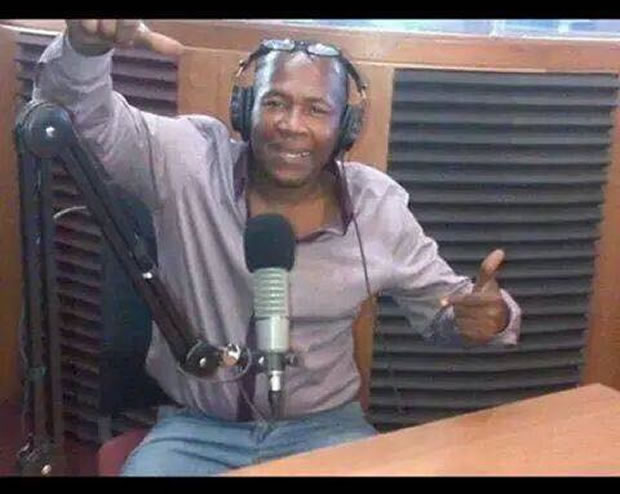
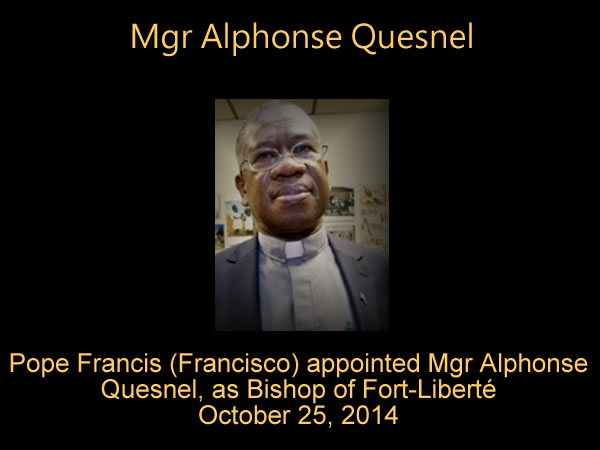
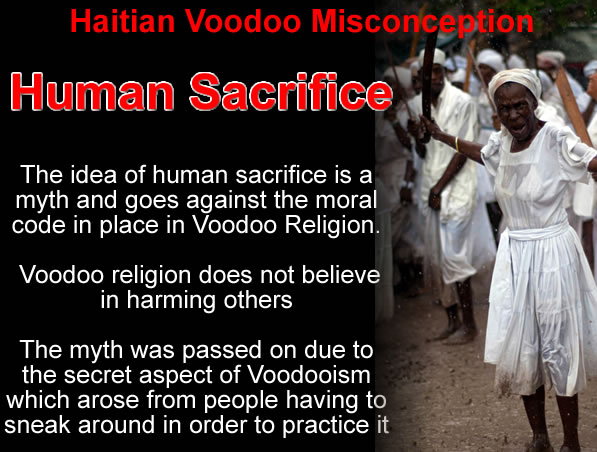

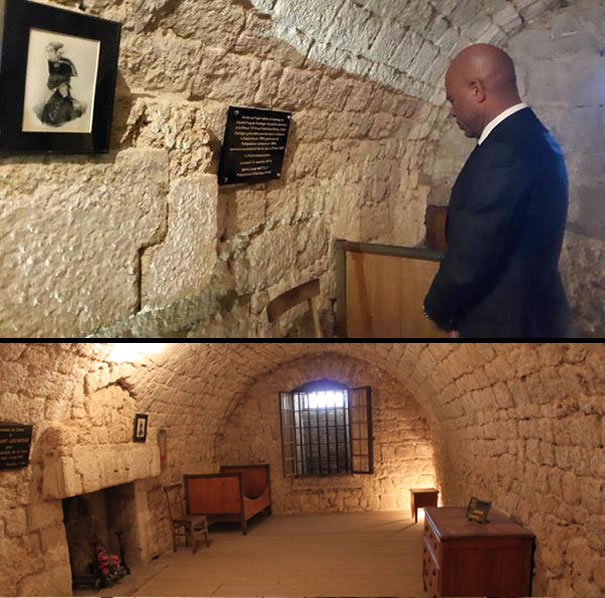

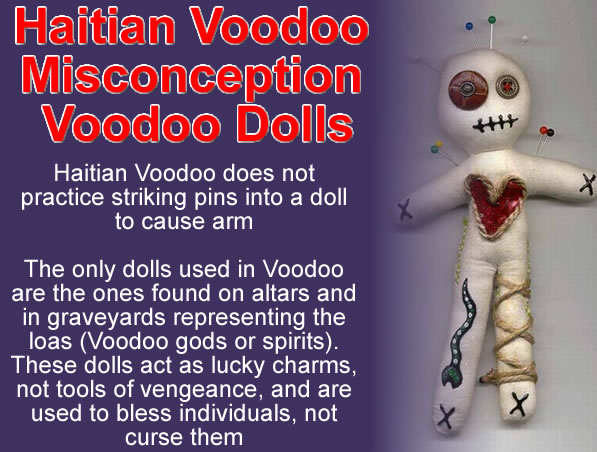
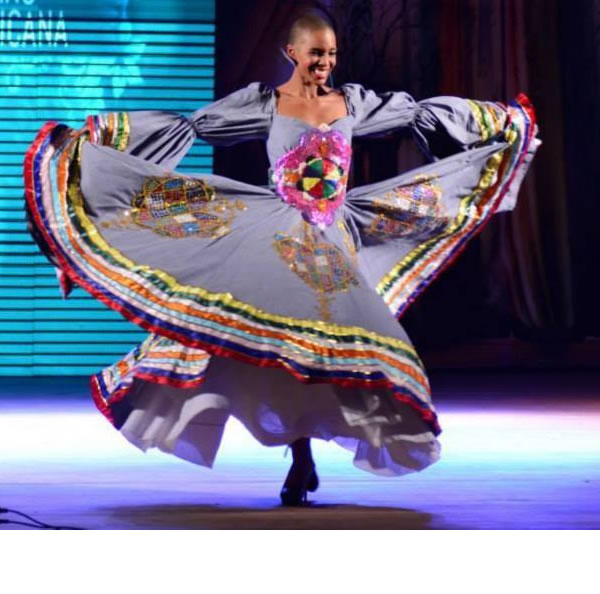
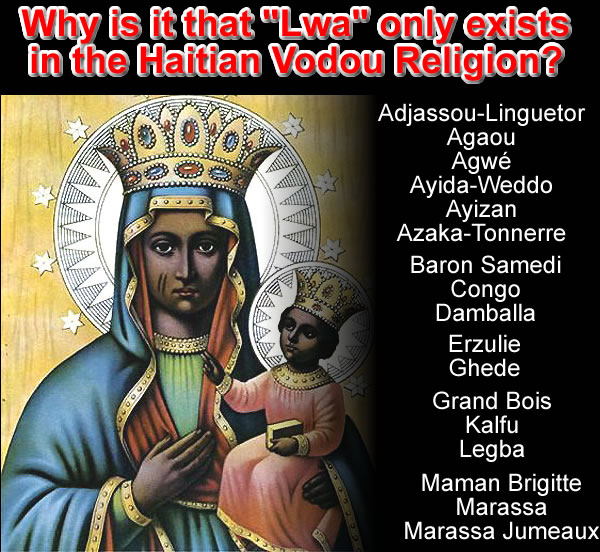
 Should birthright citizenship be eliminated in the US?
Should birthright citizenship be eliminated in the US?  Issa El Saieh And His Rich Sense Of Humor
Issa El Saieh And His Rich Sense Of Humor  François Nicolas Duvalier Potential Candidate for President of...
François Nicolas Duvalier Potential Candidate for President of...  Jean Henry Céant deposited documents in Parliament for...
Jean Henry Céant deposited documents in Parliament for...  Philippe Vorbe entered world football Hall of Fame, CONCACAF
Philippe Vorbe entered world football Hall of Fame, CONCACAF  Meet Haitian-American professional baseball pitcher Touki...
Meet Haitian-American professional baseball pitcher Touki...  Partial list of privileges enjoyed by Government officials in...
Partial list of privileges enjoyed by Government officials in... 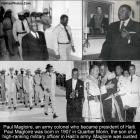 Paul Eugène Magloire, born in Quartier Morin
Paul Eugène Magloire, born in Quartier Morin 